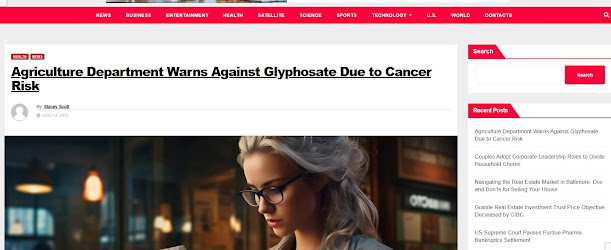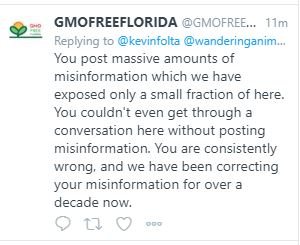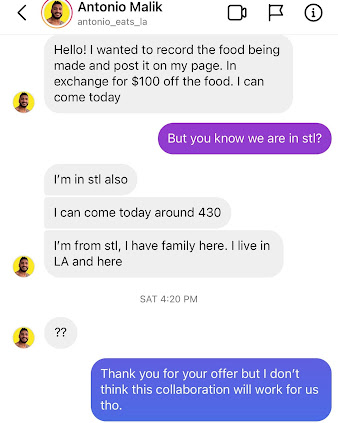Shame on Pediatrics. Rejecting Scientist's Comments
A lot has been said about the journal Pediatrics December 2023 Clinical Report on "Using GMOs on Children". The poor scholarship and citation bias are alarming, and the bias against safe technology is clear. When I wrote to editor-in-chief Dr. Lewis First, he indicated that I was invited to submit a response to the article that would be posted below the article on its website. I submitted my response, and it was not published on the site. My guess is that it illuminated the bankruptcies of the article in a manner that ran counter to the authors', editor's and journal's narrative. So I'll publish my comment here. Dear Pediatrics Readership, The article by Abrams et al. represents a stunning example of how misinformation spreads- even through a credible conduit. Pediatrics is a respected journal, so when a paper implies a technology is dangerous, physicians and the general public take note. That’s good. But if the message runs counter to the scientific con...





